Peter Farquhar
Site Admin

Joined: 14 May 2011
Posts: 52
Location: Virginia



|
 Posted: Dec 20, 2020 17:09 Post subject: Re: Rutile locality? Posted: Dec 20, 2020 17:09 Post subject: Re: Rutile locality? |
|
|
In a moment, I'll explain why Pete Richards' rutile specimen is likely from the Blumberg rutile deposits about 40 km ENE of Adelaide in South Australia, Australia. This old rutile site from the late 1800s is located north of the small village of Blumberg (renamed Birdwood in 1917) and is surrounded by gold mining prospects. Many mineral collectors are probably not familiar with this rutile locality, so I'll begin with some background information.
The South Australia Mining Records 1905 Supplement describes the Blumberg deposits in a mining claim filed on September 27, 1900.
"RUTILE CLAIM -- Mineral lease No. 1050, 6 miles from Blumberg.
From time to time, for many years past, work has been carried on by various parties, but apparently in no instance has there been much enterprise or energy. The workings, which continue for about 150 yds. in length, are principally a number of small shafts, cross trenches, and surface openings, from 3 ft. to 30 ft. in depth, disclosing a soft clay kaolinized dyke formation, from 10 ft. to 12 ft. wide, striking slightly east of south.
Through this material rutile crystals in various forms, both coarse and fine, can be seen, in some places dispersed throughout the matrix, in others in pocket sand seams, and can be extracted by dish washing. For some distance on each side of the formation fine rutile can be obtained on the surface, but the most valuable is in a small seam of gravel resting on a clay bed about 12 in. below the surface, and which yielded very good prospects indeed, much better than had been anticipated, judging from the debris on the surface, and its position not being on the line. The better class material is at each end of the workings; from each of those several samples were taken, also from the surface and shallow pits, which, when bulked, gave an average return of 14 per cent. ... (I.M.R., 27-9-00)"
Thomas L. Watson (1913) examined several Blumberg rutile specimens and summarized their features in "The Rutile Deposits of the Eastern United States," USGS Bulletin 580-0, pp. 408-409. In particular, Watson notes that many rutile specimens "show marked evidence of mashing" with narrow fissures and fractures from pressure effects.
Dr. Albert E. Foote of Philadelphia acquired many of these novel rutile specimens from Blumberg, South Australia in the 1880-1890s. Dr. Foote's company packaged dozens of the smaller rutile pieces in square black boxes with glass tops, and then sold them as reference materials to universities and museums throughout the world. Dr. Foote also sold individual, larger rutile specimens from Blumberg. Sales and distribution of Blumberg, South Australia rutile specimens seem to wane after Dr. Foote's death in 1895.
Blumberg rutile specimens today almost always come from old collections or university deaccessions. For example, Photo 1 below shows a typical group of Blumberg rutiles in a small black box with Dr. Foote's label glued on the bottom. This box of rutiles reportedly "came into the collection of the Technical University in Aachen around 1900 and was sold with a partial collection in 1952," according to a recent listing on a German auction site.
Blumberg rutiles are typically not larger than 1 to 2 cm; are shiny black without red flashes; and may have small fissures or fractures. Blumberg rutile specimens are particularly rich in iron, niobium, vanadium, and chromium, which distinguishes them from many other localities.
For example, Photo 2 shows an old rutile specimen (PF-2389) with the Foote label, "Blumberg, near Adelaide, South Australia;" Photos 3 - 5 are close-ups of the same specimen from different angles. This Blumberg rutile looks quite similar to Pete Richards' specimen - both are elbow-twins with similar striations, smooth faces, dark coloration, small fractures, and general shape.
Photo 6 may explain the mistaken attribution to Graves Mountain, Georgia. This photo shows another group of small Blumberg rutiles (PF-3626) and their original black box that has Dr. Foote's label glued on the bottom. The bottom of the photo shows several small elbow twins from the Blumberg rutile deposits similar to the previous rutile specimen (PF-2389) and Pete Richards' specimen.
Photo 6, however, shows two preprinted Foote labels with this one black box of rutiles. The glued label on the bottom gives the locality as Blumberg, South Australia, but the loose Foote label gives the locality as Graves Mountain, Georgia.
It is an odd coincidence that Pete Richards' rutile specimen was labeled from Graves Mountain, Georgia, and the Foote Mineral Company inadvertently provided a preprinted label for Graves Mountain with this black box of Blumberg rutile specimens. How many times did this mistake occur?
In this case someone drew a line through the words for Graves Mountain on this label, but it is easy to imagine how such mistakes might be perpetuated -- particularly if some rutile specimens were separated from the original box. If someone had to guess, Graves Mountain is a familiar possibility, while Blumberg is an obscure locality for rutile.
The good news is that one can determine conclusively if Pete Richards' rutile specimen is from Blumberg, South Australia -- by conducting a microanalysis of trace elements (particularly chromium, niobium, vanadium, and others). Unlike rutile specimens from other localities in the world, researchers have established a signature profile of trace element concentrations in rutile specimens from Blumberg (e.g., see G. L. Luvizotto et al., "Rutile Crystals as Potential Trace Element and Isotope Mineral Standards for Microanalysis," Chemical Geology, vol. 261, April 2009, (3-4), pp. 346-369).
In fact, the signature profile of Blumberg rutiles (now called "R19 rutile") is so remarkably homogeneous across samples, R19 grains have the potential to become a mineral standard for quantitative provenance studies, geochronology testing, and other applications.
My thanks to Pete Richards for posting an exciting rutile locality challenge, and to John Betts for inspiring this forensic research and historical overview of the almost forgotten Blumberg locality.
Peter Farquhar
"RutileFox"
| Mineral: | Rutile |
| Locality: | | Blumberg, Birdwood, South Mount Lofty Ranges, South Australia, Australia |  |
|
| Dimensions: | 5 cm box |
| Description: |
| A collection of small rutile specimens from Blumberg South Australia, packed in a black box and sold by Dr. A.E. Foote. From the Technical University in Aachen, Germany. |
|
| Viewed: |
19913 Time(s) |
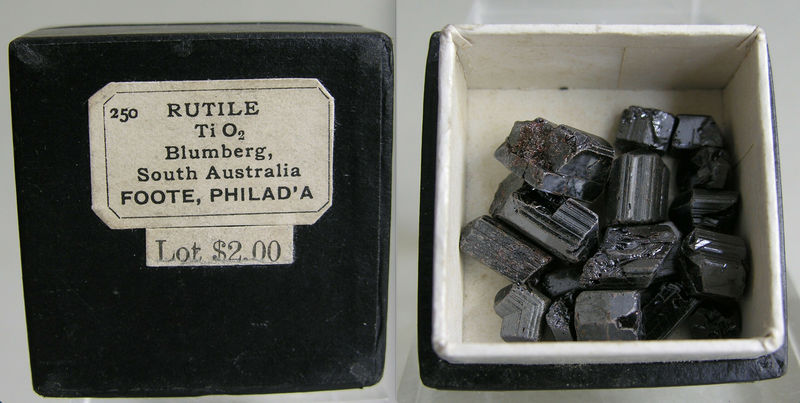
|
| Mineral: | Rutile |
| Locality: | | Blumberg, Birdwood, South Mount Lofty Ranges, South Australia, Australia |  |
|
| Dimensions: | 1.5 cm x 1.0 x 0.8 cm |
| Description: |
| A fine rutile specimen from Blumberg South Australia with accompanying label from Dr. A. E. Foote of Philadelphia (circa 1890s). |
|
| Viewed: |
19960 Time(s) |
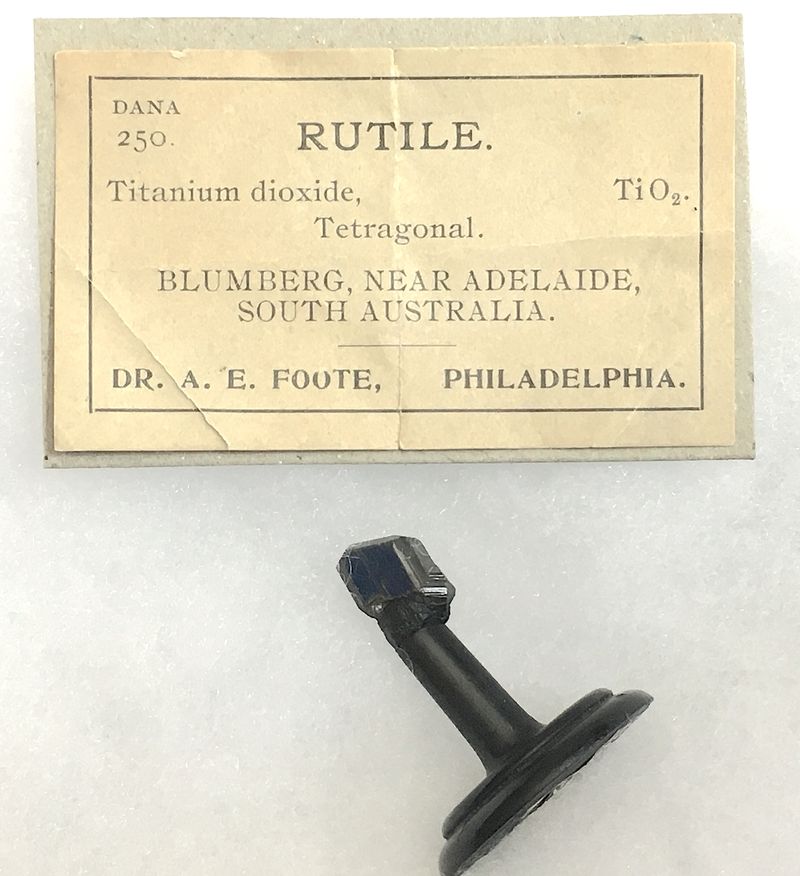
|
| Mineral: | Rutile |
| Locality: | | Blumberg, Birdwood, South Mount Lofty Ranges, South Australia, Australia |  |
|
| Description: |
| Side view showing faint striations along elbow faces. |
|
| Viewed: |
19917 Time(s) |
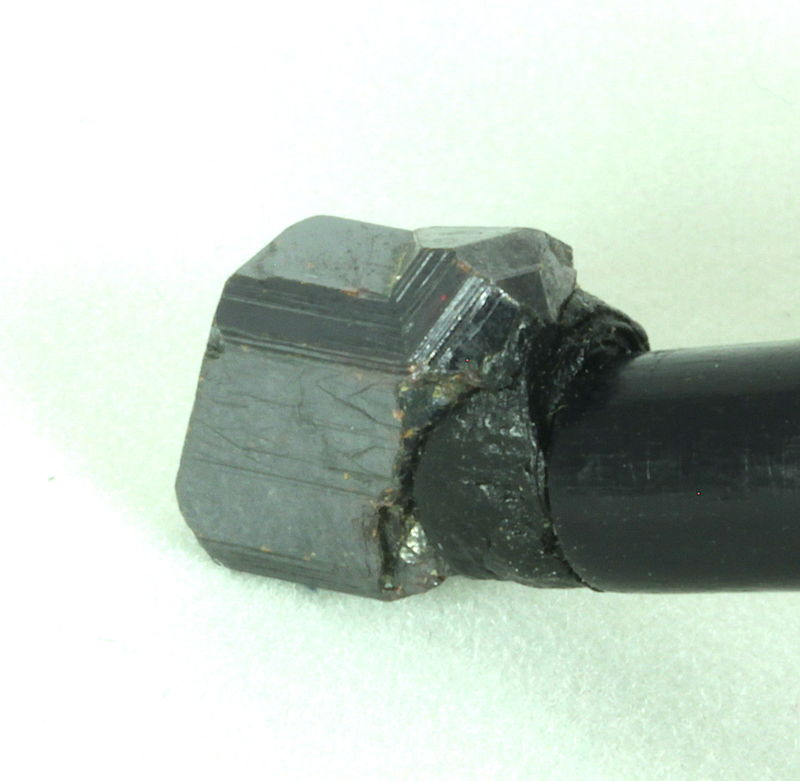
|
| Mineral: | Rutile |
| Locality: | | Blumberg, Birdwood, South Mount Lofty Ranges, South Australia, Australia |  |
|
| Description: |
| A side view of elbow twin showing end terminations. |
|
| Viewed: |
19887 Time(s) |
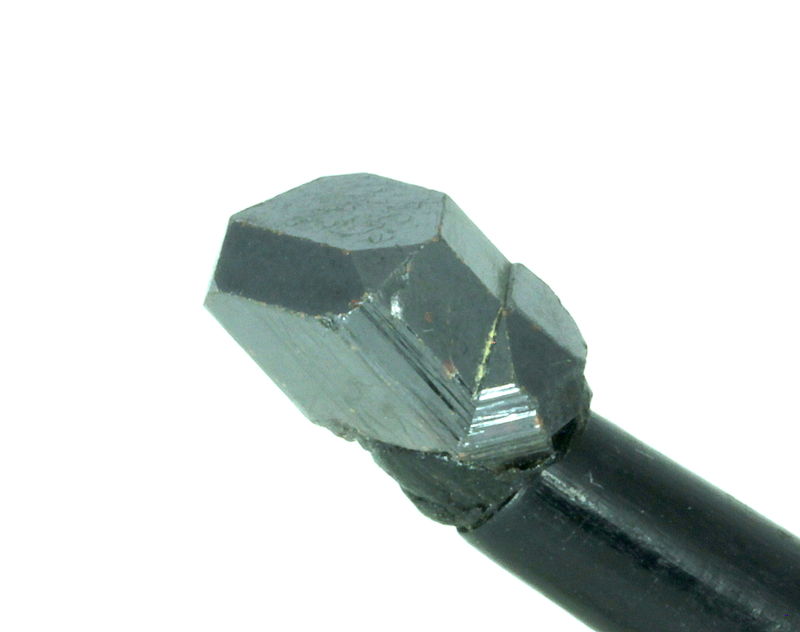
|
| Mineral: | Rutile |
| Locality: | | Blumberg, Birdwood, South Mount Lofty Ranges, South Australia, Australia |  |
|
| Description: |
| Another side view of elbow twin showing opposite end termination. |
|
| Viewed: |
19896 Time(s) |
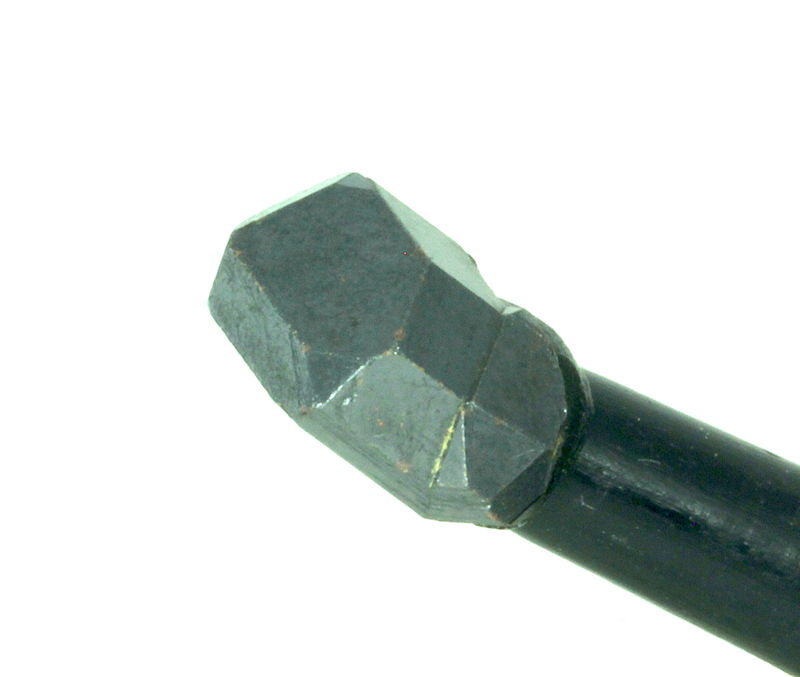
|
| Mineral: | Rutile |
| Locality: | | Blumberg, Birdwood, South Mount Lofty Ranges, South Australia, Australia |  |
|
| Dimensions: | 5 cm box |
| Description: |
| Collection of rutile specimens (PF-3626) from Blumberg, South Australia in a black box. Contains several small elbow twins. Has different localities noted on two accompanying preprinted Foote labels! |
|
| Viewed: |
19862 Time(s) |

|
|
|





